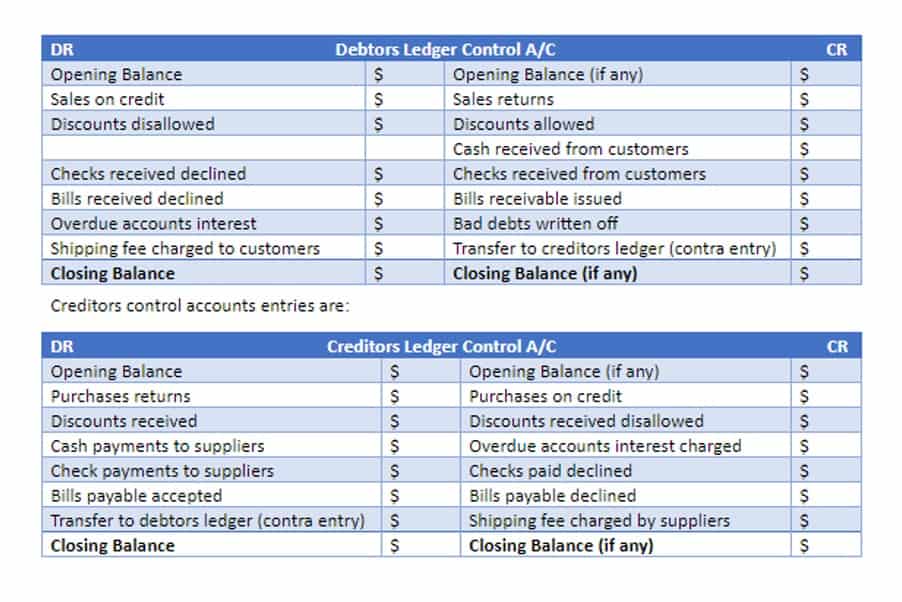
Whether you’re an HR professional, in management, or an employee, understanding this term can avoid confusion and mistakes about wages. Gross income is the starting point in calculating an individual’s or business’ tax liability. Individuals calculate gross income by adding wages or salary, tips, dividends, interest, capital gains, income from rental properties, alimony, and pensions.

Bankrate logo
This could have to do with health benefits or savings programs, for example. An employee’s pay stub should always note exactly how much they earned in a pay period (gross pay) as well as a line-by-line detailing of their deductions and the final amount of their paycheck (net pay). Net income is often called take-home pay, and should serve as the basis for creating a budget. Living expenses, bills, debt payments and other obligations should be budgeted based on your net income rather than gross income to account for the impact of taxes and other law firm chart of accounts deductions. Budgeting based on your gross income likely will cause you to be short on your goals each month.
Business Gross Income Example

Sandra’s areas of focus include advising real estate agents, brokers, and investors. She supports gross pay definition economics small businesses in growing to their first six figures and beyond. Alongside her accounting practice, Sandra is a Money and Life Coach for women in business. There are four primary types of deductions responsible for the difference between gross pay and net pay. Again, don’t forget to add any bonuses the employee may have earned during the pay period. Say an hourly employee worked 50 hours in one week and has a base pay of $20 per hour.

What is gross income?
- Budgeting based on your gross income likely will cause you to be short on your goals each month.
- All goods and services counted in nominal GDP are valued at the prices that those goods and services are actually sold for in that year.
- The Personal Consumption Expenditures (PCE) Price Index is a second comparable consumer price index.
- This can be calculated for the entire firm or per product and is the starting point for measuring a firm’s profitability.
- It’s important for business leaders and HR to be aware of the distinction between these two and other compensation terms to make sure discussions about wages with your employees go smoothly.
If your company issues paychecks on a biweekly basis, you’ll need to calculate pay for both weeks and then add them together to determine an employee’s gross pay for that pay period. Don’t forget to add in any bonuses or holiday pay the employee may have earned during that pay period. However, according to federal law, lower-paid salaried employees are entitled to overtime pay.

You’ll also need to check regulations if you have employees in multiple states, or if you are employed in multiple states. All states deduct state income tax except Alaska, Florida, Nevada, New Hampshire, South Dakota, Tennessee, Washington, and Wyoming. In many service industry positions, customers will give an employee a tip as a form of direct compensation. These tips are in addition to the employee’s regular compensation from their employer. Some employees like hourly wages because they can receive a greater overall sum if they work a large number of hours. However, the variability of hours worked means that paychecks can sometimes fluctuate.
- One way to address this is to look at GDP alongside another measure of economic development, such as the Human Development Index (HDI).
- It’s important for you to ensure employees understand this when they’re taking a job offer or a raise.
- These other costs, such as administrative expenses, are not included and fall under a company’s operating income.
- Per-capita GDP is often analyzed alongside more traditional measures of GDP.
When referring to personal or household income, gross earnings are generally the first line of an employee’s pay stub. This is followed by income and payroll taxes and other deductions, such as employer-sponsored health insurance, life insurance, and retirement benefits. unearned revenue Once these deductions are accounted for, the employer lists the employee’s net earnings or income on the bottom of the paystub and on their paycheck. To calculate a salaried employee’s gross pay for any pay period, you must know their annual salary and your company’s pay periods. Gross pay is noted on a pay stub and should reflect an employee’s salary or hourly wage, plus reimbursements, bonuses, commissions and overtime pay.